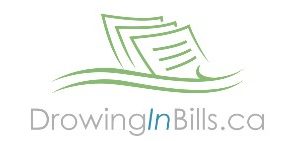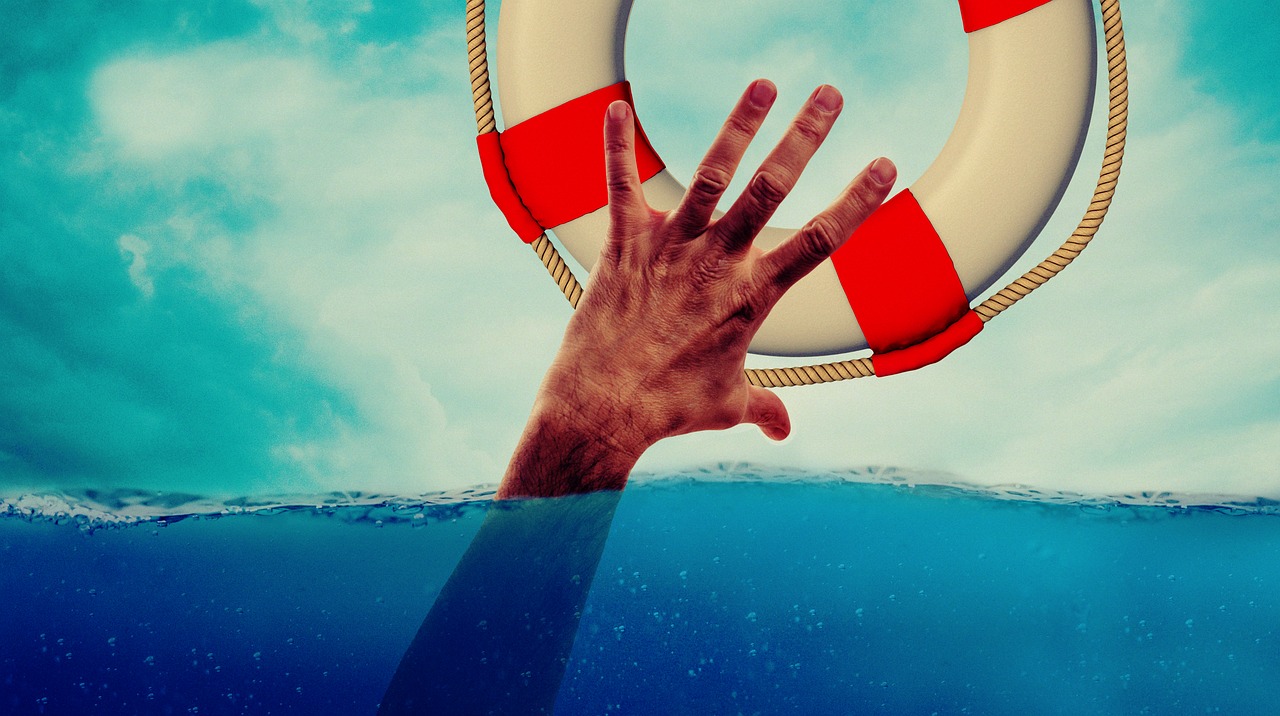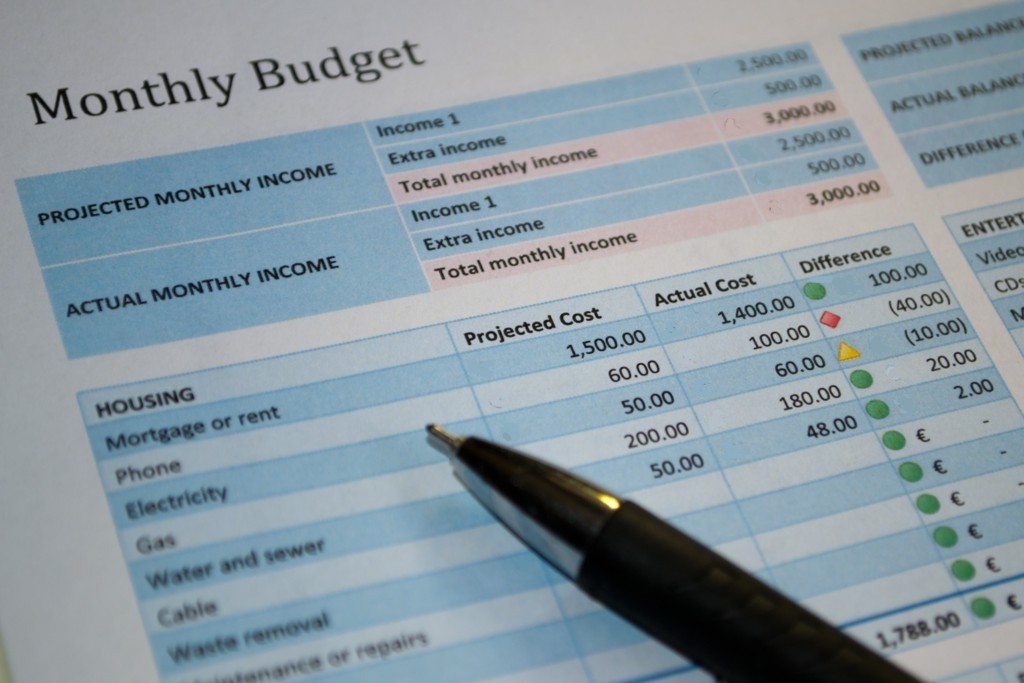It can be difficult to stay afloat when you face financial challenges while living paycheque to paycheque. Bills pile up and can overwhelm your budget, leaving little money for savings. As a result, any unexpected expense can sink you.
The good news is that there are strategies that can help you keep your head above water and even get your finances on solid ground. Even in the face of limited income and financial challenges, you can follow this advice to achieve stability.
Why are so many Canadians drowning?
The median household income in Canada is $61,348,[1] Meanwhile, the average consumer has $71,300 in debt, including their mortgage. Credit card balances alone are up 33.9% from 2018 to 2019. [2] Canadians now owe over $2 trillion to creditors and lenders.
Then you add other bills and necessary expenses on top of that and you see why so many Canadians struggle to stay afloat. Canada’s consumer income-to-expense ratio now sits are 170%. That means the average individual owes $1.70 for every dollar that they earn.[3]
How to get your head above water when you’re drowning in bills
This may seem like a no-win situation. After all, how can you get ahead when every dollar is already accounted for in your budget?
The key is to understand which bills give you the most trouble, so you can get them under control. Hint: The culprit is usually your debts, particularly when it comes to credit cards!
Once you build a strategy for getting your debt payments under control, you can craft a budget that makes it easier to cover your bills and other necessary expenses.
Step 1: Understand your debts and other bills
The first step to taking control is to understand how different types of debt and other bills work. That will help you gain a better perspective on why certain obligations can cause challenges with your budget. Armed with that knowledge, you can build a budget that will help you start to get ahead.
Gain a better understanding of your bills »
Step 2: Develop the right strategy to keep credit card bills in check
Once you build a basic budget, the next step is to find the right strategy to get your credit card bills under control. Reducing your balances and setting a goal to become debt-free is a big first step to getting on solid financial ground. Even better, with the right tools, you may not need any extra cash to start reducing your balances.
Learn to control your credit cards »
Step 3: Achieving a high credit score to help you stay afloat
Once you’ve got your head above water with your finances, the final step is to establish a good credit profile. A clean credit report and high score make it easier to qualify for low interest rates and good financing terms that can help lower your monthly debt payments. This will help you stay on solid financial ground long-term.





